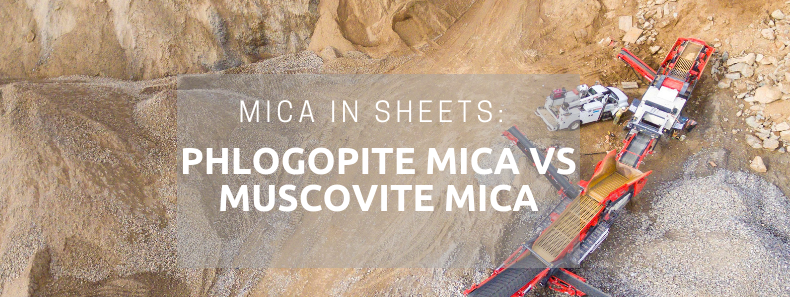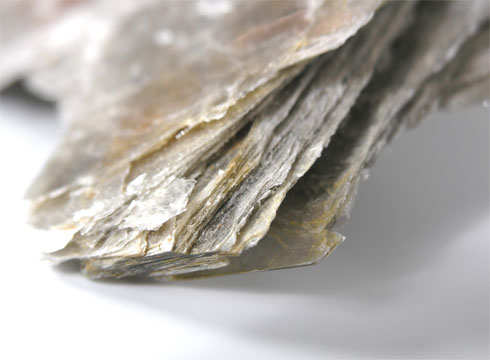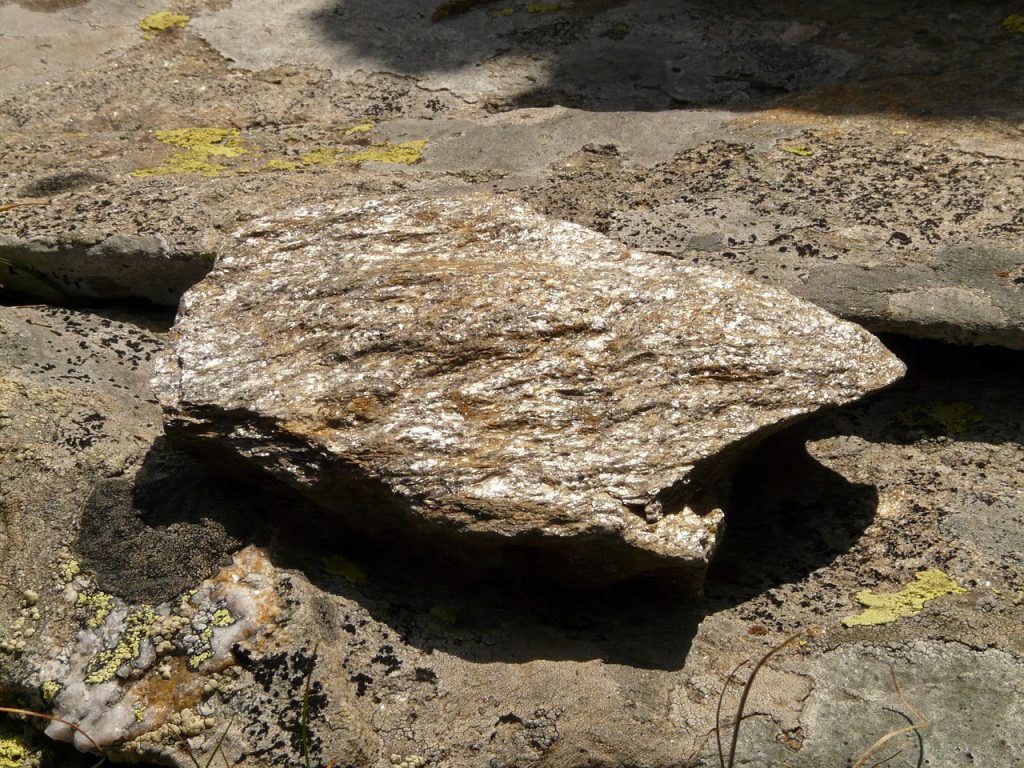
Mica in Sheets: Phlogopite Mica vs Muscovite Mica
Mica is a naturally occurring mineral and there are 37 varieties. However, the two we work with are phlogopite, or green, and muscovite, or white, mica.
These two forms of mica come in sheet form, in two grades, MFSSP (phlogopite) and MFSSM (muscovite). Each of these two forms of mica has qualities that make it suitable for different applications, used by a broad range of industries.
Our phlogopite and muscovite mica sheets are available in flexible or rigid grades, depending on their required use.
Phlogopite and Muscovite Mica
Phlogopite mica is generally softer than muscovite mica. While sharing muscovite mica’s excellent insulation properties, phlogopite has poorer electrical and chemical resistance. However, its flexibility does mean it is adaptable to a broad range of insulation applications.
Muscovite mica has excellent dielectric strength ensuring low power loss, making it the most commonly used mica in electrical and electronic devices. It cleaves to exceptionally thin sheets, but it is harder and more rigid than phlogopite mica.

Both forms are extremely versatile when it comes to thermal management and high temperature industrial insulation.
Flexible Muscovite and Phlogopite Mica Sheets
We can manufacture mica into sheets as thin as 0.10mm. Mica sheets can be manufactured using phlogopite or muscovite mica.
Flexible mica sheets are used to wrap or wind around different materials. They are heat-resistant, following impregnation with a binding element.
Muscovite mica sheets, MFSSM, whether fully or semi-flexible, combines thermal insulation qualities with voltage insulation. Consequently, its dielectric applications include its use in capacitors, and various other components.
It also has uses that are more familiar in everyday settings, such as in microwave ovens.
Phlogopite mica sheet grades, MFSSP, can be found in transport-related industries. In the aerospace industry, mica is in heat shields and in the interiors and exteriors of aircraft, providing heat-resistant protection. It also insulates thrust reversal systems. In automotive applications, mica provides thermal runway and flame retardant barriers.
With its greater flexibility, phlogopite mica provides commutator insulation in generators and motors.
Mica also insulates essential components in vehicles and aircraft, including providing battery insulation and protection for data recorders.
MFSSP and MFSSM Rigid Mica Grades
Both phlogopite and muscovite mica sheets are available in rigid grades. These rectangular sheets are plate-like, comprising mica compressed with an added agent such as silicon or epoxy.
They have exceptional mechanical strength, combined with heat resistance and, in the case of muscovite mica, superior dielectric qualities.
Rigid muscovite mica sheets are used as essential parts of everyday electrical consumer items such as hairdryers, toasters, irons, cookers and room heaters.
When it comes to more intense, specialised industrial applications, phlogopite mica sheets are found in the foundry and steel industry.
In rigid form, they are used in constructing furnaces, as they are resistant to high temperatures, but retain their adaptability and cost-effectiveness.
Chemical Properties of Mica
What makes mica sheet, flexible or rigid, phlogopite or muscovite, so effective and so adaptable?
Mica possesses unique mineral qualities and chemical properties.

As a silicate, occurring in rock, mica is translucent in appearance. Its atoms are in a hexagonal or six-sided arrangement. This affects how it cleaves or splits.
This basal cleavage means that mica naturally forms thin layers, which make it ideally suited to the manufacture of specialist mica sheets, either flexible or rigid.
Mica is resistant to most acids, to alkaline substances and common solvents, to water and to oil.
It is heat resistant and has high electrical resistance – with muscovite mica having the better dielectric properties.
These combined properties make mica highly adaptable and durable. It is an excellent fire-proofing material as a safe substitute for asbestos, and when combined with microporous technology and other materials, it offers a wide range of solutions and opportunities in manufacturing support and specialised product development, including prototyping.
Explore the Benefits of Phlogopite and Muscovite Mica Sheets
As high temperature insulation solutions, our different MFSSP Phlogopite and MFSSM Muscovite mica sheet grades provide several exceptional benefits.
These include: energy saving through efficient thermal management; and safety through heat resistance and fire-proofing without any of the health risks of asbestos.
Both grades are available in both flexible and rigid form, in various thicknesses, making them adaptable and suitable across a broad variety of sectors and applications.
Mica sheet is easy to transport and store, and we can fabricate specialist parts from rigid mica sheet for specialist electrical insulation and other manufacturing requirements.
Muscovite and phlogopite mica sheets are built to last, helping to ensure the longevity of numerous products and meeting rigorous safety requirements in transport and military sectors and in continuous process industries.
What’s Your Application?
Mica sheets are problem-solving products, with the properties to support both innovative manufacturers and essential industrial infrastructure.
Whatever your industry or application, there is a good chance that mica-based solutions can bolster and improve what you are offering to your customers.
Call us now on +44 20 8520 2248, email sales@elmelin.com, or complete our online enquiry form. We’ll get back to you as soon as possible.
